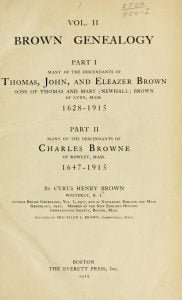Norwich Vermont in the Civil War
During the four years of war for the suppression of the Rebellion, Norwich furnished 178 different men for the armies of the Union. There were seven re-enlistments, making the whole number of soldiers credited to the town 185. By the census of 1860, the number of inhabitants was 1759. It appears, therefore, that the town sent to the seat of war rather more than one in ten of its entire population, during the four years’ continuance of hostilities. About the same proportion holds good for the state at large, Vermont contributing, out of an aggregate population of 315,116, soldiers to … Read more


